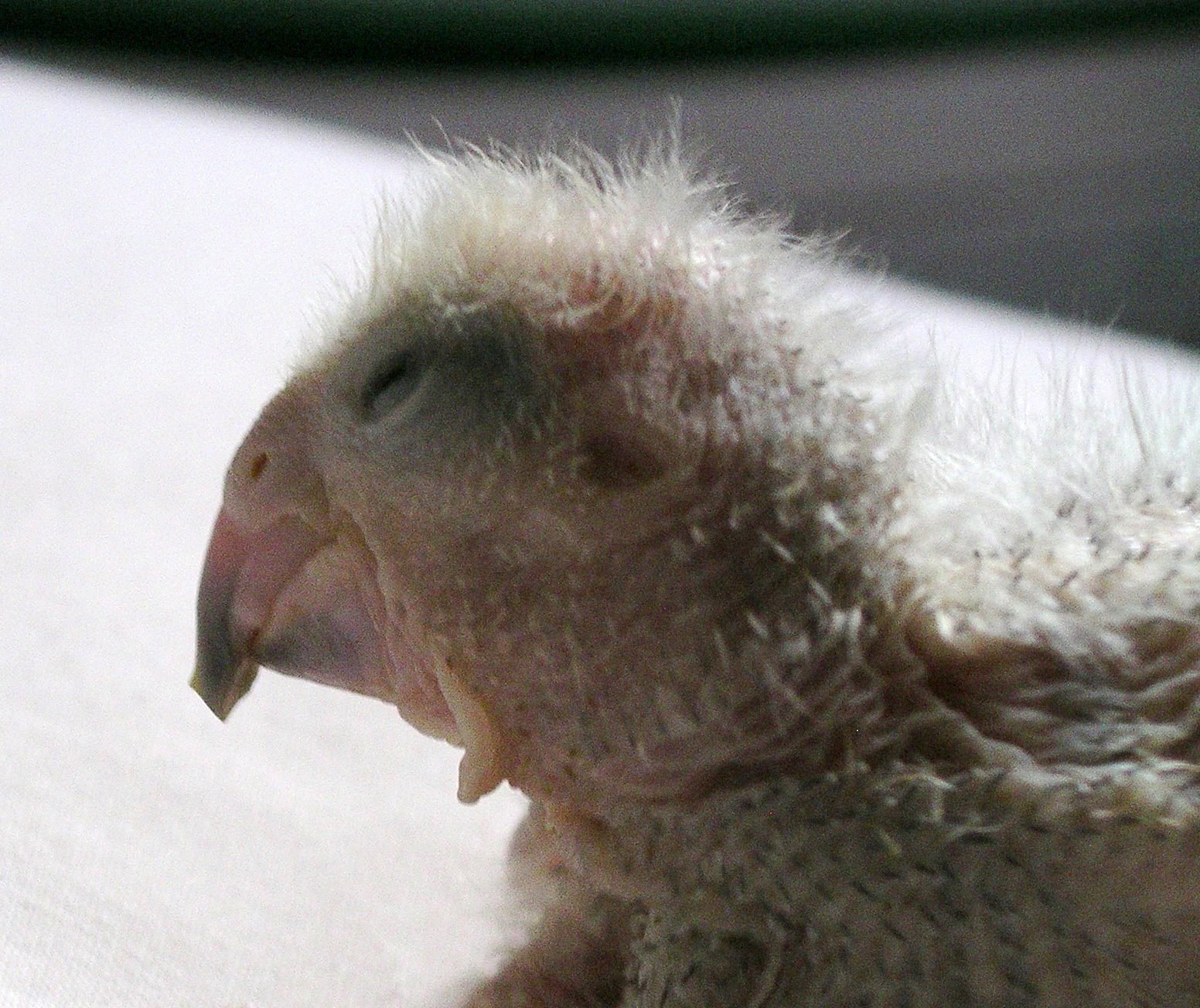Egg tooth on:
[Wikipedia]
[Google]
[Amazon]


 An egg tooth is a temporary, sharp projection present on the
An egg tooth is a temporary, sharp projection present on the

 An egg tooth is a temporary, sharp projection present on the
An egg tooth is a temporary, sharp projection present on the bill
Bill(s) may refer to:
Common meanings
* Banknote, paper cash (especially in the United States)
* Bill (law), a proposed law put before a legislature
* Invoice, commercial document issued by a seller to a buyer
* Bill, a bird or animal's beak
Pla ...
or snout of an oviparous
Oviparous animals are animals that lay their eggs, with little or no other embryonic development within the mother. This is the reproductive method of most fish, amphibians, most reptiles, and all pterosaurs, dinosaurs (including birds), and ...
animal at hatching. It allows the hatchling to penetrate the eggshell from inside and break free. Birds, reptiles, and monotremes possess egg teeth as hatchlings. Similar structures exist in Eleutherodactyl frog
A frog is any member of a diverse and largely carnivorous group of short-bodied, tailless amphibians composing the order Anura (ανοὐρά, literally ''without tail'' in Ancient Greek). The oldest fossil "proto-frog" ''Triadobatrachus'' is ...
s, and spiders.
Birds
When it is close to hatching, a chick uses its egg tooth to pierce the air sac between the membrane and the eggshell. This sac provides a few hours' worth of air, during which time the chick hatches. When a chick is ready to hatch from its egg, it begins the process of "pipping"; forcing the egg tooth through the shell repeatedly as the embryo rotates, eventually cutting away a section at the blunt end of the egg, leaving a hole through which the bird may emerge. Some species, including woodpeckers, have two egg teeth; one on both the upper and lower bill. After time the egg tooth falls off or is absorbed into the growing chick's bill. Some precocial species such as the Kiwi, and superprecocial species includingmegapode
The megapodes, also known as incubator birds or mound-builders, are stocky, medium-large, chicken-like birds with small heads and large feet in the family Megapodiidae. Their name literally means "large foot" and is a reference to the heavy legs ...
s, do not require an egg tooth to assist them in hatching. They are strong enough at the time of hatching to use their legs and feet to crack open the egg. Megapode embryos develop and shed their egg tooth before hatching.Snakes and lizards
Most squamates (lizards and snakes) also lay eggs, and similarly need an egg tooth. Unlike in otheramniote
Amniotes are a clade of tetrapod vertebrates that comprises sauropsids (including all reptiles and birds, and extinct parareptiles and non-avian dinosaurs) and synapsids (including pelycosaurs and therapsids such as mammals). They are distin ...
s, the egg tooth of squamates is an actual tooth which develops from the premaxilla.
Crocodilians
A babycrocodile
Crocodiles (family Crocodylidae) or true crocodiles are large semiaquatic reptiles that live throughout the tropics in Africa, Asia, the Americas and Australia. The term crocodile is sometimes used even more loosely to include all extant mem ...
has an egg tooth on the end of its snout. It is a tough piece of skin which is resorbed less than two months after hatching. Crocodile eggs are similar to those of birds in that they have an inner membrane and an outer one. The egg tooth is used to tear open the inner membrane; the baby crocodile can then push its way through the outer shell. If conditions are particularly dry that year, the inner membrane may be too tough for the crocodile to break through, and without assistance it will simply die inside the egg. Generally, however, the mother crocodile helps free it.
References
{{Eggs Bird breeding Types of teeth Animal anatomy